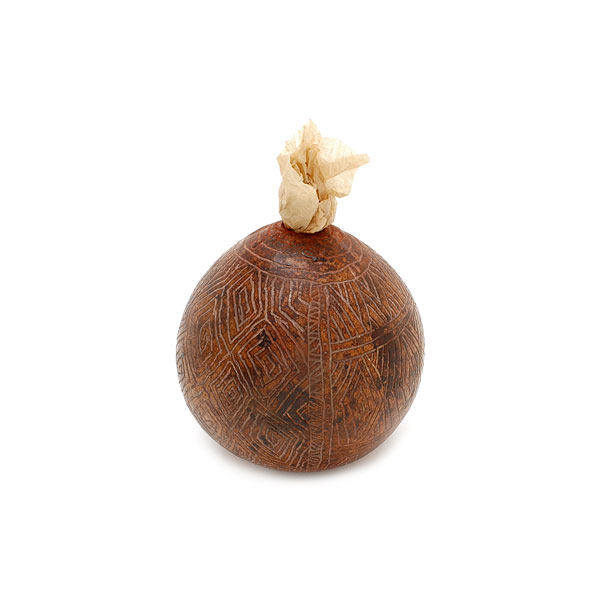
The image above is subject to copyright.
Copyrights for Photographic Reproduction
Les feuillets numérisés des registres d'inventaires historiques sont soumise à un copyright.
Droits de reproduction photographique
 Copie dactylographiée en 13 volumes de l'Inventaire original MEG manuscrit
Copie dactylographiée en 13 volumes de l'Inventaire original MEG manuscrit
Registres_inventaire_dactylographie/1886.pdf
 Registre d'inventaire original - non indexé
Registre d'inventaire original - non indexé
Registres_inventaire_original/Registre_13_028522_030591.pdf
"Amazonia" designates the Amazonian world, to be more precise a body of peoples distinguished by a specific culture which anthropologists also call "lowland societies" as opposed to those of the Andine world. Some of the peoples whose objects are shown here live outside the Amazon hydrographic basin. Others do not - or no longer - live in the humid tropical Amazonian forest but in savannah or dry forest ecosystems.
The MEG's Amazonian collections arrived in Geneva from the mid 18th century onwards. The oldest Amerindian objects were given to the Public Library in 1759 by the Genevan Ami Butini, a planter in Surinam, as objects of curiosity. Soldiers, naturalists and travelling diplomats were for a long time the only people to bring new objects to Genevan museums, like Oscar Dusendschön in 1960. It was only from the 1970s on that the MEG acquired the Amazonian collections gathered during real ethnographic missions in the field.
© 2021 Musée d'ethnographie, Genève